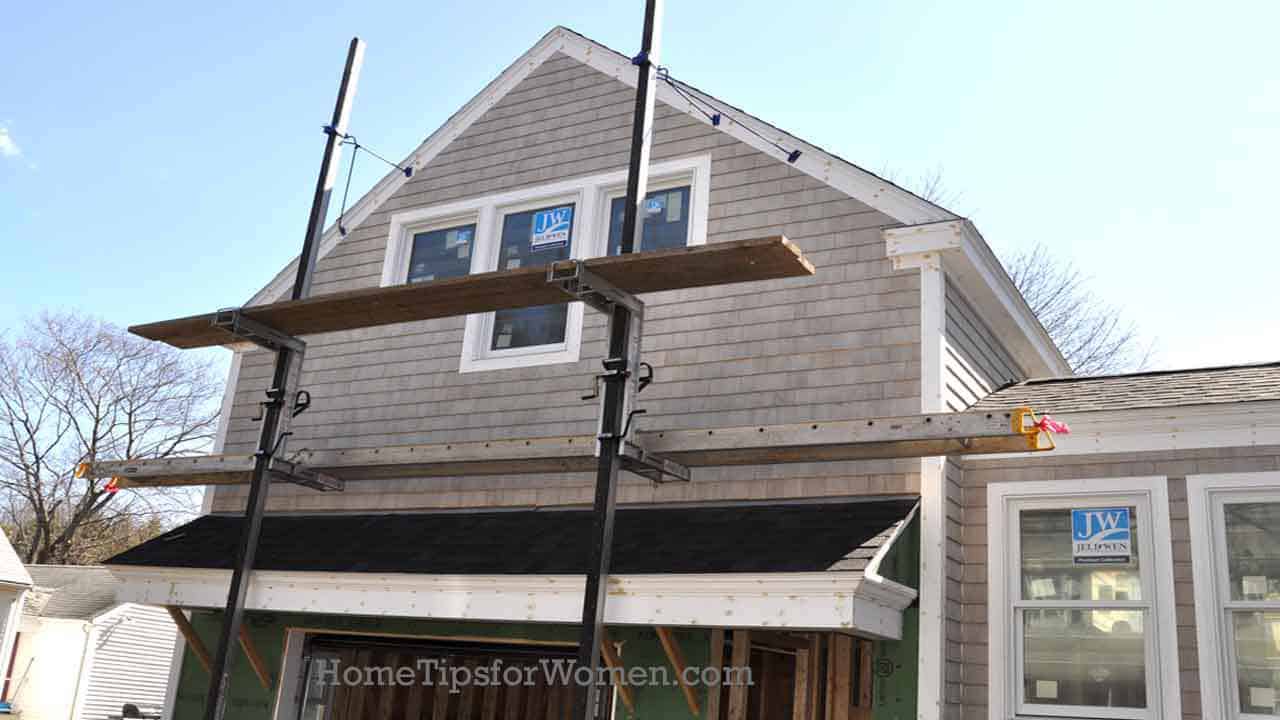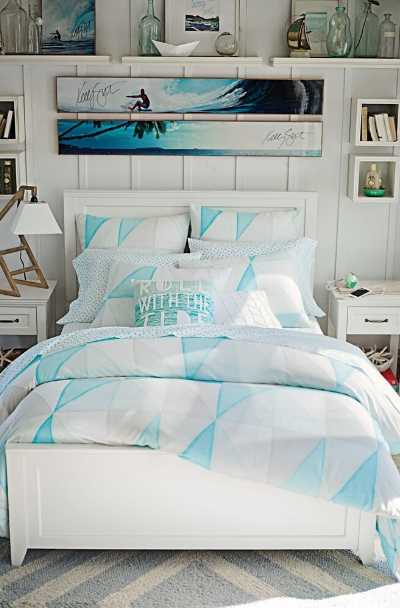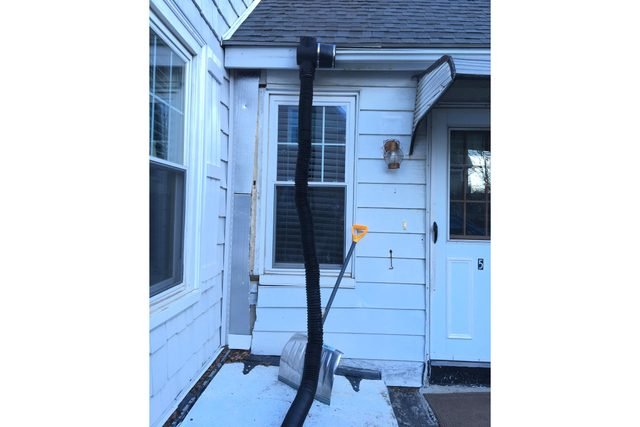
The 1920s kitchens featured a minimalist style with minimal ornamentation. The walls were painted in light colors. The floors were linoleum and easy to maintain. The flooring was often patterned in squares and checkers. Porcelain enamel was used to cover many surfaces. This kitchen looks great, no matter what style you prefer. Here are some tips to help you create the perfect look.
A classic kitchen design starts with the cabinetry. Cabinet doors with exposed hinges and inset cabinets are typical for the time. Custom cabinets were designed to house appliances, such as a dishwasher and refrigerator. In addition to the cabinetry, period details such as molding and glass door knobs add vintage charm. A new countertop can make the space feel bigger. Next, you will need to choose the right colors for the rest. The right color for the kitchen will set the tone for the rest of the house.

The style of 1920s kitchens was practical yet beautiful. Popular was the use of enamel cabinets and black and white tiles floors. This cabinet combination was popular because it combined the best of both the modern appliances with a sleek design. Electric dishwashing and multiburner stoves made the kitchen an efficient space to cook and eat. The 1920s saw a lot of appliances available that would make the kitchen both stylish and comfortable to use.
The design of a kitchen has changed over time. Kitchens used to serve as functional rooms for chefs or cooks in the past. The kitchen today is a place where housewives can cook and for servantless Americans. In the past decade, kitchen trends have changed and the kitchen is now more functional and stylish. Bright colors and natural materials made the room feel more comfortable. The time and mood were also reflected in color schemes.
Over the years, the design of the kitchen has changed dramatically. Modern kitchens tend to be minimalistic and functional but can also look stunning. The 1920s saw more feminine kitchen designs. A modern design will be more open, with more storage and larger spaces. With a parquet flooring and white tile countertops, a smaller kitchen is more ergonomic than a more traditional design.

The kitchens of the 1920s have many of the same characteristics as modern kitchens. This kitchen has a large island with a narrow countertop. The cabinets are made with heavy wood and iron, and the cabinets are made out of stainless steel. A vintage bathroom has a narrow sink while a modern bathroom has a wide, taller one. Many of the colors from the 1920s can be found in furniture and accessories.
FAQ
Can you live in a house during renovation?
Yes, I can live in my house while renovating it.
You can live in a house that is being renovated while you are renovating it. The length of construction takes will determine the answer. If the renovation process lasts less than 2 months, then yes, you can live in your home while it's under construction. If the renovation takes longer than two weeks, however, you can't live in your home during the construction.
There are many reasons why you should not live at home during major construction projects. You might be hurt or even die from falling objects on the site. A lot of heavy machinery is used at the jobsite, which can lead to noise pollution and dust.
This is particularly true if you live on a multi-story home. This is because the vibrations and sound created by construction workers could cause serious damage to your property.
You'll also need to cope with the inconvenience of living in temporary housing while your house is being renovated. This means that you won't have access to all the amenities that come with your own home.
For example, you will not be able to use your washing machine and dryer while they are undergoing repair. The workers will make loud banging noises, paint fumes, and chemicals obstruct your ability to use your dryer and washing machine.
All these factors can lead to stress and anxiety among you and your family members. It is therefore important to plan ahead so that you don't end up feeling overwhelmed by the situation.
Do your research before you begin renovating your home. You can avoid costly mistakes later.
You should also seek professional help from a reputable contractor to ensure everything runs smoothly.
What room do I need to remodel first?
The kitchen is the heart of any home. It's where you spend most of your time eating, cooking, entertaining, and relaxing. So if you are looking for ways to make your kitchen more functional and attractive, start there!
It is also an important component of any home. It offers privacy and comfort for daily chores such as washing your hair, brushing your teeth, shaving, or getting ready to go to bed. These rooms can be made more functional and attractive by installing storage space, a shower, or replacing older fixtures with newer models.
Do I have to renovate my entire house?
You can do it yourself so why pay someone when you could save time and money?
No matter how much DIY you love, there will be times when it is impossible to do it yourself. You may not be able to control all the variables.
A qualified electrician would be required to check the safety and reliability of your electrical system if you live in an older house.
Be aware that structural damage might be too costly for you to repair during the renovation.
Additionally, you may not have the right tools to complete the job. If you want to install a new kitchen faucet, you will need a plumber's serpent, which is a tool that clears clogged pipes.
There are also plumbing codes that require you to have a licensed plumber working on your project.
It is important to understand your capabilities before embarking on such a large task.
If you aren't sure if you have the skills or knowledge to tackle the task, get help from your family and friends.
They can offer advice about what to do and where to go for more information.
Statistics
- On jumbo loans of more than $636,150, you'll be able to borrow up to 80% of the home's completed value. (kiplinger.com)
- Rather, allot 10% to 15% for a contingency fund to pay for unexpected construction issues. (kiplinger.com)
- According to the National Association of the Remodeling Industry's 2019 remodeling impact report , realtors estimate that homeowners can recover 59% of the cost of a complete kitchen renovation if they sell their home. (bhg.com)
- They'll usually lend up to 90% of your home's "as-completed" value, but no more than $424,100 in most locales or $636,150 in high-cost areas. (kiplinger.com)
- It is advisable, however, to have a contingency of 10–20 per cent to allow for the unexpected expenses that can arise when renovating older homes. (realhomes.com)
External Links
How To
How to Renovate an Old House?
First, you need to decide what kind of renovation you want. This could range from simple updates to your kitchen appliances, to completely changing the look of the entire house.
Once you've decided on the type of renovation that you want to do, it is time to consider how much money your budget allows you to spend. You may find that your funds are not sufficient to cover the whole project. This is a sign that you may not have enough funds to cover the entire cost of the project.
There are many things to remember before you begin work if you have decided to do renovations. The first thing to do is ensure you get the necessary permits. It's also worth checking whether you need planning permission to carry out certain types of work. If you are planning to make extensions to your house, you may need to apply to the building consent.
Before you start working on the house, it's always best to check the local council website to see if they require any additional permits. Also, check whether you need planning permission for each part of the house that you intend to renovate. To make sure you have enough coverage, contact your insurance provider if you intend to perform any major works, such as installing new roofs.
The next step after getting all the permits you need is to choose the right tools and materials for the job. You have many options. It is important to carefully research all of them. Most people use wallpaper paste, paint, flooring, tiles and carpets for their renovation projects.
You should consider the product's overall quality when shopping for these items. Poor quality products can be expensive and last for a very short time. Good quality products, however, will last longer and provide more value for your money. When buying anything, it's important that you buy the right amount for the job. It is important not to buy too much, as you may end up wasting valuable resources or having to throw out large quantities of material. You should instead buy only what you really need.
Finally, once you've chosen the right materials for the job, you need to figure out where you'll store them while you're working on the property. If you're remodeling a large portion of the house, you may need to rent storage space to store your materials until you're ready for them to be returned inside. You could also ask your family or friends for help moving the items.